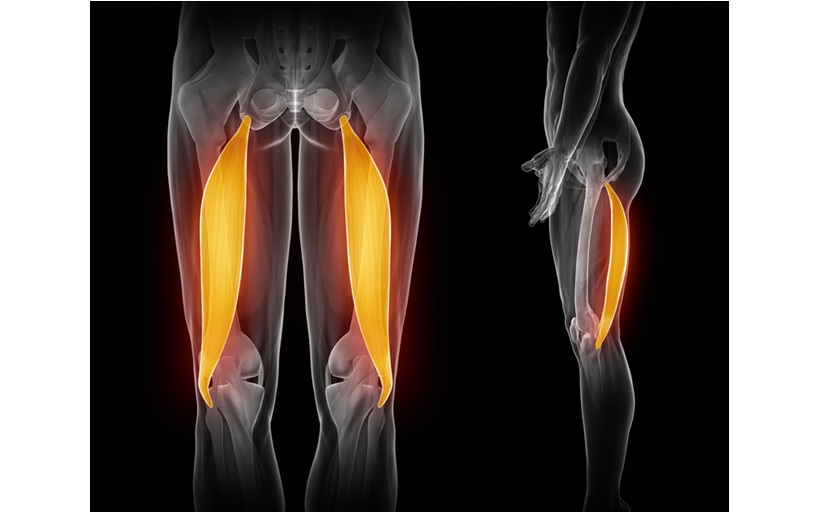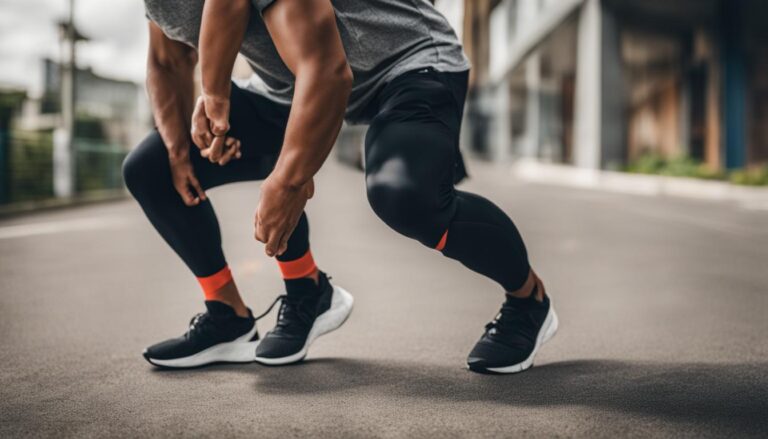Stronger thigh muscles can prevent knee replacement surgery
CHICAGO, Nov. 27, 2023 /PRNewswire/ — Stronger quadriceps muscles, compared to the hamstrings, may lower the risk of total knee replacement, according to research presented today at the annual meeting of the Radiological Society of North America (RSNA). Researchers said the findings could inform strength training programs for people with advanced knee arthritis.
Advanced knee osteoarthritis is a leading cause of pain and disability worldwide. In the US alone, 14 million adults have symptomatic knee osteoarthritis, and more than half of diagnosed patients are expected to eventually undergo total knee replacement surgery.
Although stronger muscle groups are generally thought to be associated with a lower rate of total knee replacements, their relative importance is not well established. Of particular importance is the relationship between the extensors and the hamstrings, the two main muscle groups in the knee.
The extensors, the muscles at the front of the thigh, commonly called the quadriceps, are the strongest muscle group in the body and have a vital influence on walking, other activities and biomechanics. The muscles around the back of the thigh, known as the hamstrings, are responsible for the extension of the hip and flexion of the knee, making them equally essential for physical activity.
“The two muscle groups act as opposing forces, and the balance between them allows for a wide range of activities while protecting the knee joint,” says lead study author Upasana Upadhyay Bharadwaj, MD, of the University of California, San Francisco (UCSF). “An imbalance, among other factors, leads to a change in biomechanics, resulting in the progression of osteoarthritis.”
Dr. Upadhyay Bharadwaj and colleagues evaluated thigh muscle volume in 134 participants in the Osteoarthritis Initiative, a nationwide study sponsored by the National Institutes of Health. They compared 67 patients who underwent total knee replacement of one knee with 67 control participants who did not undergo knee replacement. The cases and controls were matched on variables such as age and gender.
The researchers obtained 3T MRI of the thigh at the time of surgery. They also evaluated MRI findings two years and four years before surgery. They used a previously trained deep learning model to segment and calculate the volumes of the muscles of the thigh – measurements that are difficult to calculate manually.
When comparing patients who had undergone total knee replacement with the control group, a higher ratio of quadriceps to hamstring volume was significantly associated with a lower likelihood of total knee replacement. Higher hamstring and gracilis volumes, a long, thin muscle on the inside of the thigh, were also associated with a lower likelihood of total knee replacement.
“Our research shows that in addition to strong individual muscles, larger extensor muscle groups – compared to hamstring muscle groups – are significantly associated with a lower likelihood of total knee replacement surgery within two to four years,” said Dr. Upadhyay Bharadwaj.
The study results have implications for both the interpretation of imaging studies and clinical management. The results suggest that training programs that strengthen the quadriceps in relation to the hamstrings may be beneficial.
“Although we assume that total muscle volume is important as a surrogate marker of muscle strength, the relationship, and therefore balance, between the extensor and hamstring muscles may be more important and significantly associated with a lower likelihood of total knee replacement,” Dr. Upadhyay Bharadwaj said.
Although the study focused on people with arthritis, the findings could also help inform strength training for a broader segment of the population.
“While these results are essential for targeted therapy in a population at risk for osteoarthritis, even the general public can benefit from our results by preventively incorporating appropriate strengthening exercises,” said Dr. Upadhyay Bharadwaj.
Co-authors are John A. Lynch, Ph.D., Gabby B. Joseph, Ph.D., and Thomas M. Link, MD, Ph.D.
Note: Copies of RSNA 2023 news releases and electronic images will be available online at RSNA.org/press23.
RSNA is an association of radiologists, radiation oncologists, medical physicists and related scientists who promote excellence in patient care and health care through education, research and technological innovation. The association is located in Oak Brook, Illinois. (RSNA.org)
Editor’s note: The data in these publications may differ from the data in the published abstract and the data actually presented at the meeting, as researchers continue to update their data up until the meeting. To ensure you are using the most current information, please call the RSNA Newsroom at 1-312-791-6610.
For patient-friendly information about musculoskeletal imaging, please visit RadiologyInfo.org.
SOURCE Radiological Society of North America (RSNA)








One Comment